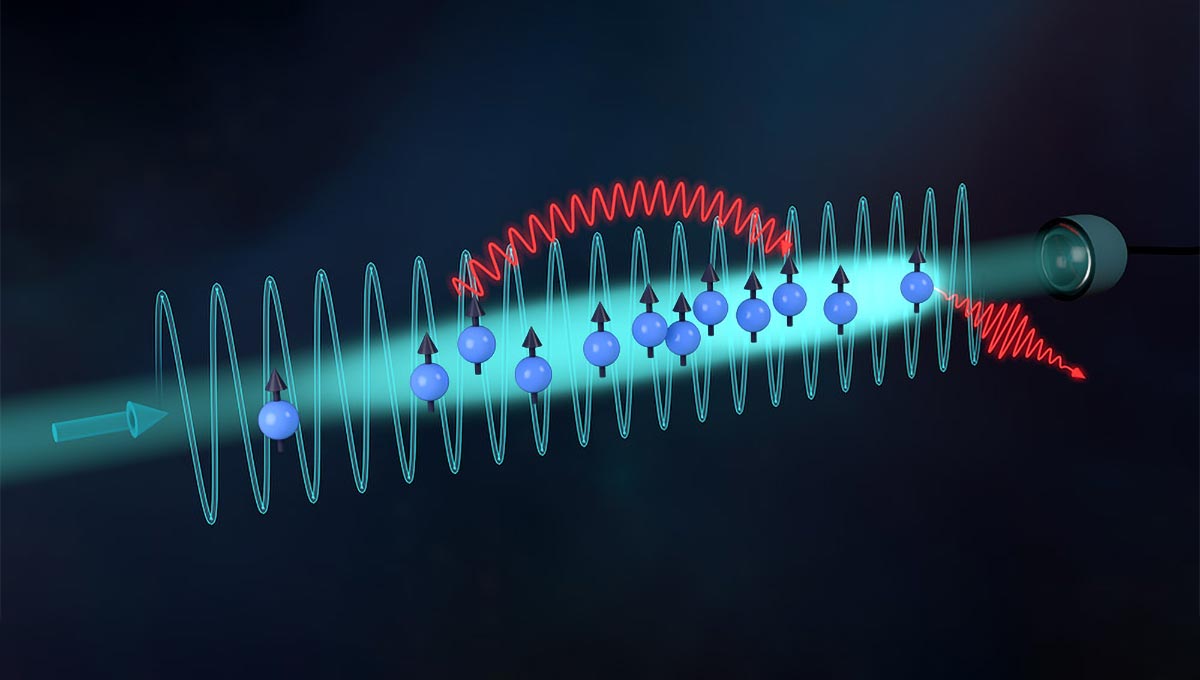Connect with us
Published
1 week agoon
By
admin
Researchers investigated superradiance, a phenomenon where atoms emit light collectively, in a free-space environment versus optical cavities. In optical cavities, atoms synchronize their photon emissions due to photon interactions in a controlled setting, leading to a defined steady state under certain laser excitations. However, as laser intensity increases beyond a threshold, collective emissions become unsustainable, resulting in continuous photon absorption and emission without achieving stable conditions.
A recent study from the Laboratoire Charles Fabry and the Institut d’Optique attempted to identify this phase transition in a gas of atoms in free space. However, challenges arose due to the inherent difficulty of synchronizing atom emissions in free space. Theoretical simulations by JILA and NIST researchers suggest that while partial synchronization may occur, the superradiant phase transition was not observed, indicating significant differences between cavity and free-space systems.
Theoretical models were employed to simulate behaviors across varied laser powers and atom densities, demonstrating that while behaviors in dilute conditions aligned with cavity models, deviations occurred at higher intensities. These findings pave the way for further exploration into quantum phenomena and the need for advanced theoretical frameworks to understand complex systems in free space.


















